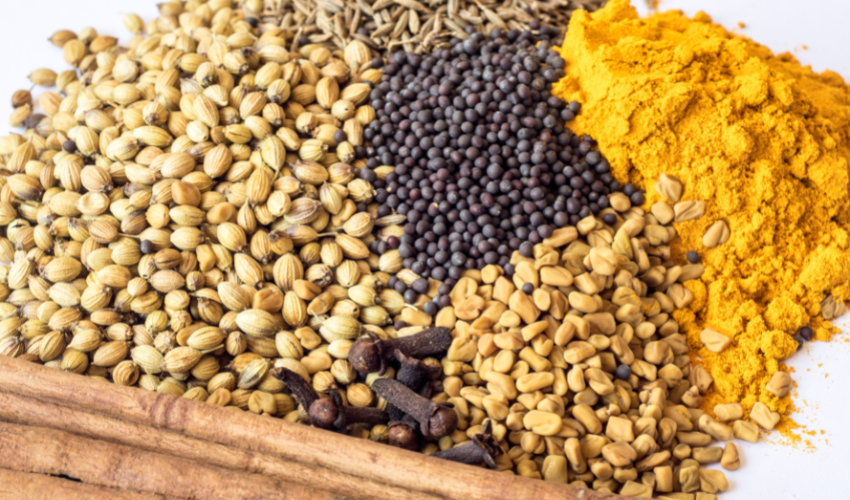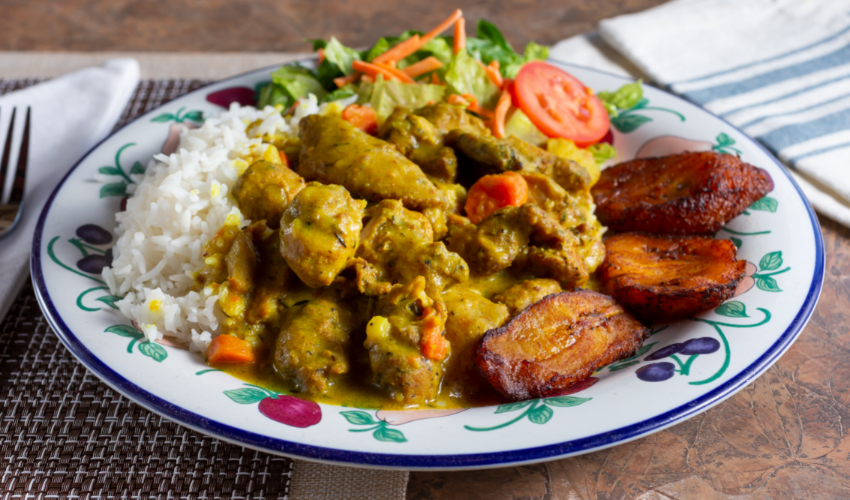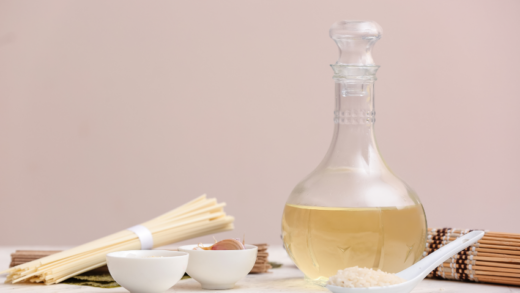When we hear the word “curry,” we often think of a spicy and fragrant Indian dish, but did you know that “curry” actually refers to a blend of spices used in South Asian, Southeast Asian, and Caribbean cuisines? The star ingredient of this blend is curry powder, which is a versatile spice mix that adds a burst of flavor to any dish. In this article, we’ll explore the origins and uses of curry and reveal why it is a must-have ingredient in any kitchen.
What is Curry Powder?
Curry is a blend of spices that typically includes turmeric, cumin, coriander, ginger, fenugreek, and chili pepper. The exact combination of spices can vary depending on the region and personal preferences, but the addition of turmeric gives the mix its distinctive yellow color.
The history of curry can be traced back to the British colonial era when the spice blend was created as a way to mimic the flavors of Indian cuisine. While the blend may not be an authentic Indian invention, it has since become a staple in many Indian kitchens and is now used in various cuisines around the world.

How is Curry Used?
Curry can be used to add depth and complexity to a wide range of dishes, including meat, fish, vegetables, soups, and stews. The blend is versatile and can be used in both dry and wet dishes. Some popular uses of curry powder include:
- Curries – as the name suggests, curry is an essential ingredient in curry dishes, such as chicken curry, lamb curry, and vegetable curry.
- Soups and stews – adding curry to soups and stews can give them a warming and comforting flavor, perfect for colder days.
- Marinades – curry powder can be mixed with oil and other seasonings to create a delicious marinade for meats and vegetables.
- Rice dishes – curry can be added to rice dishes, such as biryani, to give them an extra layer of flavor.
- Snacks – curry powder can be used to season snacks like popcorn or roasted nuts, adding a unique and tasty twist.
FAQs:
- Is curry powder the same as garam masala?
No, they are different blends of spices. Garam masala is a North Indian spice blend that typically includes cinnamon, cardamom, cloves, and nutmeg, and is used in many savory dishes. - Is curry spicy?
It depends on the blend and the amount used. Some curry can be quite spicy, while others are mild and flavorful. - Can I make my own curry powder?
Absolutely! Making your own curry can be a fun and rewarding experience. Simply mix together your preferred spices in the desired proportions and store in an airtight container. - How should I store curry?
To maintain its freshness and flavor, store curry in an airtight container in a cool, dry place away from direct sunlight. - Is curry powder healthy?
Curry is generally considered healthy due to the beneficial properties of its individual spices. For example, turmeric is known for its anti-inflammatory properties, and cumin is high in iron.

Conclusion
Curry powder is a versatile and flavorful spice blend that has become a staple in many kitchens worldwide. While its origins may be rooted in colonialism, the blend has evolved and taken on a life of its own.
Curry powder is a versatile spice blend that adds flavor and aroma to many dishes. Its origins in India and subsequent spread to other cuisines around the world have made it a staple in many kitchens. Whether you use it in a traditional curry dish or sprinkle it on roasted vegetables, curry powder is a must-have in any spice rack. With its numerous health benefits and endless uses in cooking, it’s no wonder why it has remained a popular ingredient for centuries. So, next time you wonder, “what is curry powder?” Remember its rich history, ingredients, and how it can be used to spice up your meals.






















